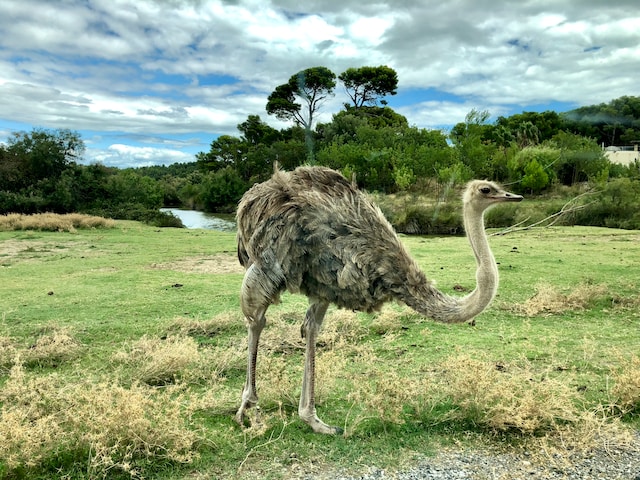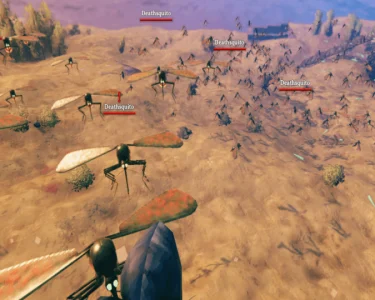Ostrich farming, a burgeoning industry with promising prospects, is not without its fair share of challenges. Among the primary concerns for ostrich farmers is the prevention and management of diseases that can impact the health and productivity of these magnificent birds. In this article, we delve into the challenges faced by ostrich farmers in disease prevention and management, highlighting the importance of proactive measures and industry collaboration.
[Body]
- Vigilant Biosecurity Measures:
Maintaining a robust biosecurity system is paramount in ostrich farming to prevent the introduction and spread of diseases. Ostrich farms must implement strict protocols to minimize the risk of contamination from external sources, such as visitors, equipment, or other animals. This includes controlled access, thorough disinfection procedures, and the establishment of isolation areas for new arrivals. By practicing vigilant biosecurity measures, farmers can significantly reduce the likelihood of disease outbreaks.
- Regular Veterinary Checkups:
Engaging the services of a qualified avian veterinarian is essential for the early detection and prevention of diseases. Regular checkups and health assessments help identify potential health issues before they escalate, allowing prompt intervention and treatment. Veterinarians can provide guidance on vaccination schedules, parasite control, and general flock management practices to enhance the overall health and well-being of the ostriches.
- Vaccination Protocols:
Vaccination plays a crucial role in disease prevention within ostrich farms. Vaccines for diseases such as avian influenza and Newcastle disease are vital to protect the flock. Ostrich farmers should consult with avian veterinarians to develop effective vaccination protocols tailored to the specific needs of their farm. Regular monitoring and updating of vaccines based on disease trends and emerging threats are essential to ensure optimal protection.
- Parasite Control:
Parasitic infections pose a significant challenge in ostrich farming. External parasites like mites and ticks can cause irritation, stress, and potential transmission of diseases. Internal parasites, such as worms, can affect the overall health and productivity of the birds. Implementing appropriate parasite control measures, including regular deworming and the use of acaricides, is vital for maintaining the well-being of the flock. Collaborating with veterinarians can aid in developing effective parasite control strategies.
- Disease Surveillance and Reporting:
Timely disease surveillance and reporting are crucial components of effective disease management. Ostrich farmers should establish strong relationships with local veterinary authorities and participate in disease monitoring programs. Prompt reporting of any unusual symptoms or mortality events ensures swift response and appropriate actions to contain and control potential outbreaks. Sharing information and experiences with other farmers and industry stakeholders can also contribute to collective knowledge and proactive measures.
- Continuing Education and Research:
Ostrich farming is a dynamic field that requires ongoing education and research to stay abreast of emerging diseases and best practices. Farmers should actively engage in educational programs, workshops, and conferences to expand their knowledge and understanding of disease prevention and management. Investing in research initiatives focused on ostrich health and collaborating with veterinary institutions can lead to innovative solutions and improved disease control strategies.
[Conclusion]
The challenges of disease prevention and management in ostrich farming demand constant vigilance, collaboration, and proactive measures. By implementing robust biosecurity measures, engaging veterinary expertise, adhering to vaccination protocols, controlling parasites, and fostering a culture of disease surveillance and reporting, ostrich farmers can minimize the impact of diseases on their flocks.
Continuous education and research are vital to staying ahead in the ever-evolving landscape of ostrich health management.




